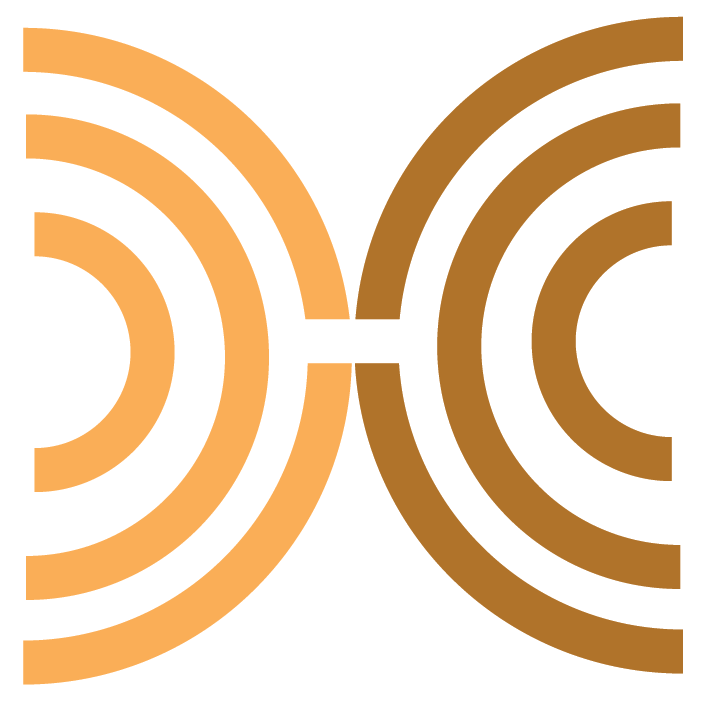
The marketing landscape has evolved significantly with the advent of digital technologies. Understanding the differences between traditional and digital marketing is crucial for businesses looking to make informed decisions about their marketing strategies.
1. Reach:
Traditional Marketing: Often limited to local or regional audiences, with a focus on broad, untargeted reach.
Digital Marketing: Offers the ability to reach a global audience and target specific segments based on demographics, interests, and behaviors, making it more efficient and effective.
2. Engagement:
Traditional Marketing: Typically involves one-way communication where the audience is a passive recipient of the message.
Digital Marketing: Encourages active engagement, allowing customers to interact with brands through comments, shares, and other online interactions, which can lead to stronger customer relationships.
3. Tracking and Analytics:
Traditional Marketing: Offers limited capabilities for tracking success and measuring campaign effectiveness, often relying on indirect methods like surveys or sales data.
Digital Marketing: Provides real-time tracking and detailed analytics, allowing marketers to understand customer behavior, measure the success of campaigns, and make data-driven decisions.
4. Cost:
Traditional Marketing: Generally requires a higher budget for production and distribution, such as printing, mailing, and broadcast fees.
Digital Marketing: More cost-effective, with options for every budget, from small businesses to large corporations. Digital campaigns can be adjusted or halted with minimal costs compared to traditional media.
5. Customization:
Traditional Marketing: Often uses a one-size-fits-all approach, with the same message broadcast to all audiences.
Digital Marketing: Highly customizable, allowing for personalized messaging and tailored campaigns that resonate more effectively with different audience segments.
6. Speed of Implementation:
Traditional Marketing: Involves longer lead times for production and distribution, such as print cycles or booking ad space.
Digital Marketing: Offers the ability to quickly create and deploy campaigns, with the flexibility to make real-time adjustments based on performance and feedback.
7. Content Lifespan:
Traditional Marketing: Content has a limited lifespan, such as a one-time print ad or a TV commercial that runs for a set period.
Digital Marketing: Offers a longer lifespan for content, with materials like blog posts, videos, and digital ads remaining accessible and shareable online indefinitely.
Conclusion:
While traditional marketing still holds value in certain contexts, digital marketing offers advantages in terms of reach, engagement, measurability, cost, customization, speed, and content lifespan. Businesses should consider these differences when planning their marketing strategies.
